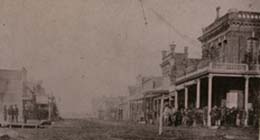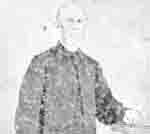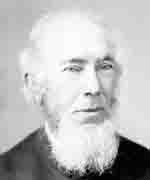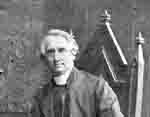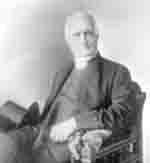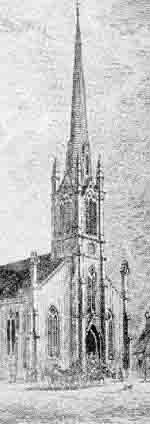Attacks on the immoral activities that occurred in dance houses were the most successful in contributing to the eventual demise of the dance houses. Naturally, these ideas were spearheaded by religious figures. Reverend Dr. Ephraim Evans and Bishop George Hills were prominent individuals in the anti-dance hall movement. Disgruntled neighbours and religious leaders sometimes joined together to bring down dance hall activities, such as Dr. Evans bearing witness in Mr. Hart’s court case against a dance hall.* Other times their observations were more individual, such as Bishop Hill’s diary entries expressing his frustrations with the “awful hindrances” Native prostitutes were in the endeavor to improve society.*
Reverend Evan’s letter to the British Colonist editor indicates where the clergy had problems with dance houses. The criticism had three fronts: health, morality, and pubic order.* Questioning the effects of disease amongst the sexually active participants of dance halls would be a natural position used to gain the support of the general public in closing the halls. Reverend Evan’s moral attack does not limit himself to the demoralizing effects of the dance houses activities, but shares Bishop Hill’s frustration by condemning Native women’s mere presence in town as “radically wrong” and a potential “harvest of evil”.* Finally, the reverend is aligned with the public in his complaints about police ineffectuality in handling the situation. He also extended the fear by suggesting dance hall demoralization as a contributing factor to negative effects on the discipline of military troops.*
The religious onslaught, combined with the enforcement of nuisance bylaws, had the greatest success in shutting dance halls down. Reverend Evans led the fight in 1864 by creating a nuisance suit to shut down the entertainment halls, focusing his attack on race and moral fervour by calling for a complete removal of Native women from the city. After this case, prosecution became increasingly shrill, assuming all Aboriginal women were prostitutes just because they were considered racially inferior.*
|
